What is the Electoral College and why is 270 so important?
The popular vote decides every other election in the United States.
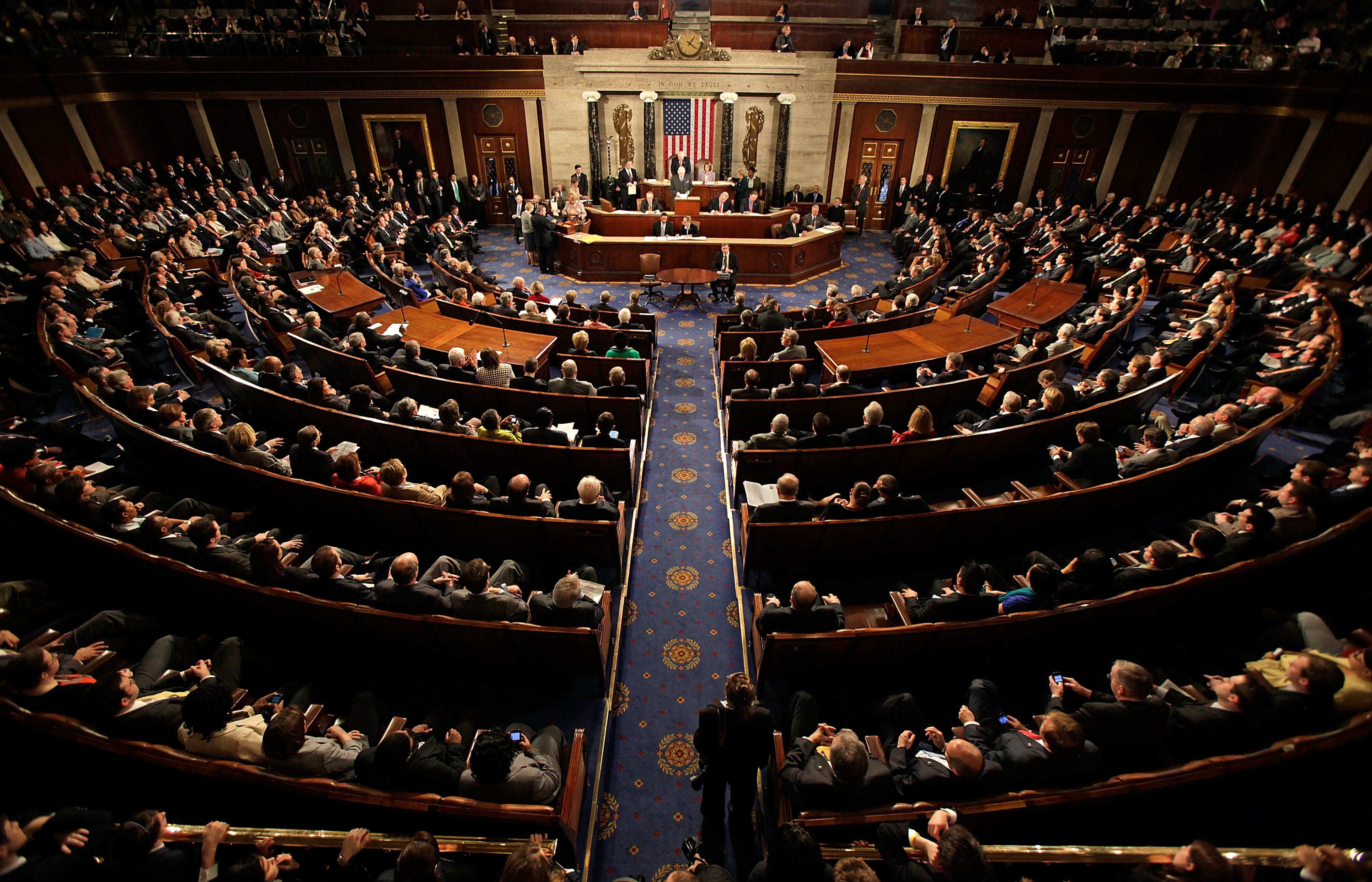
Your support helps us to tell the story
From reproductive rights to climate change to Big Tech, The Independent is on the ground when the story is developing. Whether it's investigating the financials of Elon Musk's pro-Trump PAC or producing our latest documentary, 'The A Word', which shines a light on the American women fighting for reproductive rights, we know how important it is to parse out the facts from the messaging.
At such a critical moment in US history, we need reporters on the ground. Your donation allows us to keep sending journalists to speak to both sides of the story.
The Independent is trusted by Americans across the entire political spectrum. And unlike many other quality news outlets, we choose not to lock Americans out of our reporting and analysis with paywalls. We believe quality journalism should be available to everyone, paid for by those who can afford it.
Your support makes all the difference.The byzantine Electoral College system has, five separate times since America began, delivered the White House to a candidate who lost the popular vote.
The Founding Fathers established the Electoral College at 1787’s Constitutional Convention, lifting the concept from the Holy Roman Empire, which established the method in the year 962, to choose emperors. The move inspired a number of other countries to borrow the concept for their own presidential selection processes. Colombia was first, adopting its own electoral college in 1821, followed by Chile (1828), and Argentina (1853), Finland (1925), and France (1958).
However, each of them later cast aside the idea and returned to straightforward popular votes — France doing so after just seven years. (The Roman electoral college was dissolved, alongside the empire itself, in 1806.) When Argentina jettisoned its electoral college in 1995, the United States remained the sole democratic nation that elects a president via an electoral college.
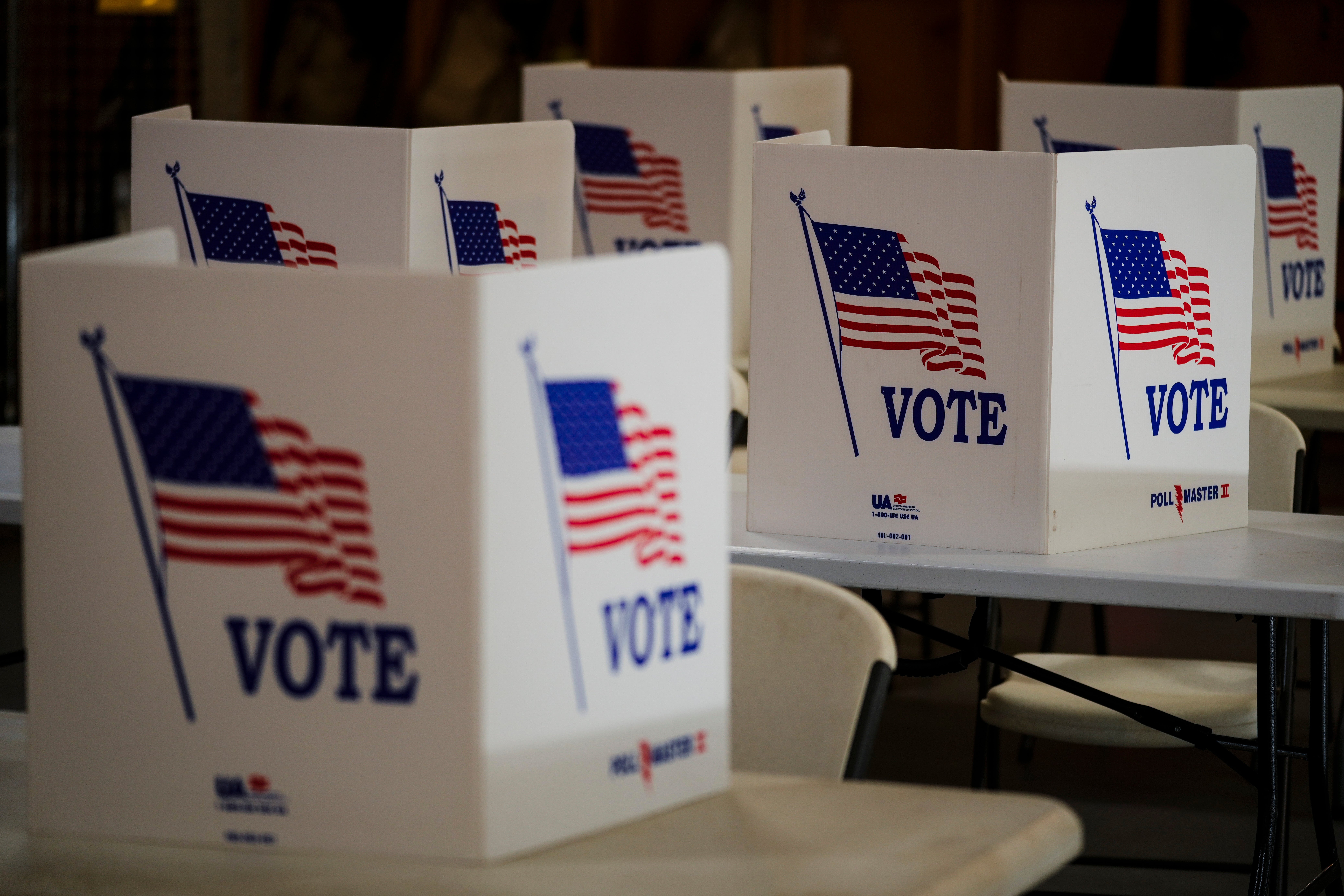
The popular vote decides every other election, federal, state, and municipal, in the United States.
How does it work?
When citizens cast their ballots for president, they are not actually voting for president but for one of 538 electors meant to represent the will of the people. The victor is the first to win a majority of electors, the so-called magic number of 270. Each state’s slate of electors then convene before sending off the collected votes to Congress for its January 6 counting and certification of the electoral votes.
In its simplest form, while still not particularly “simple,” each state gets one electoral vote for each of their two senators, plus a fluctuating number of electoral votes based on how many congressional representatives a state has. By this formula, Delaware (one congressional district) gets three electoral votes, the fewest; California gets the most, with 55.
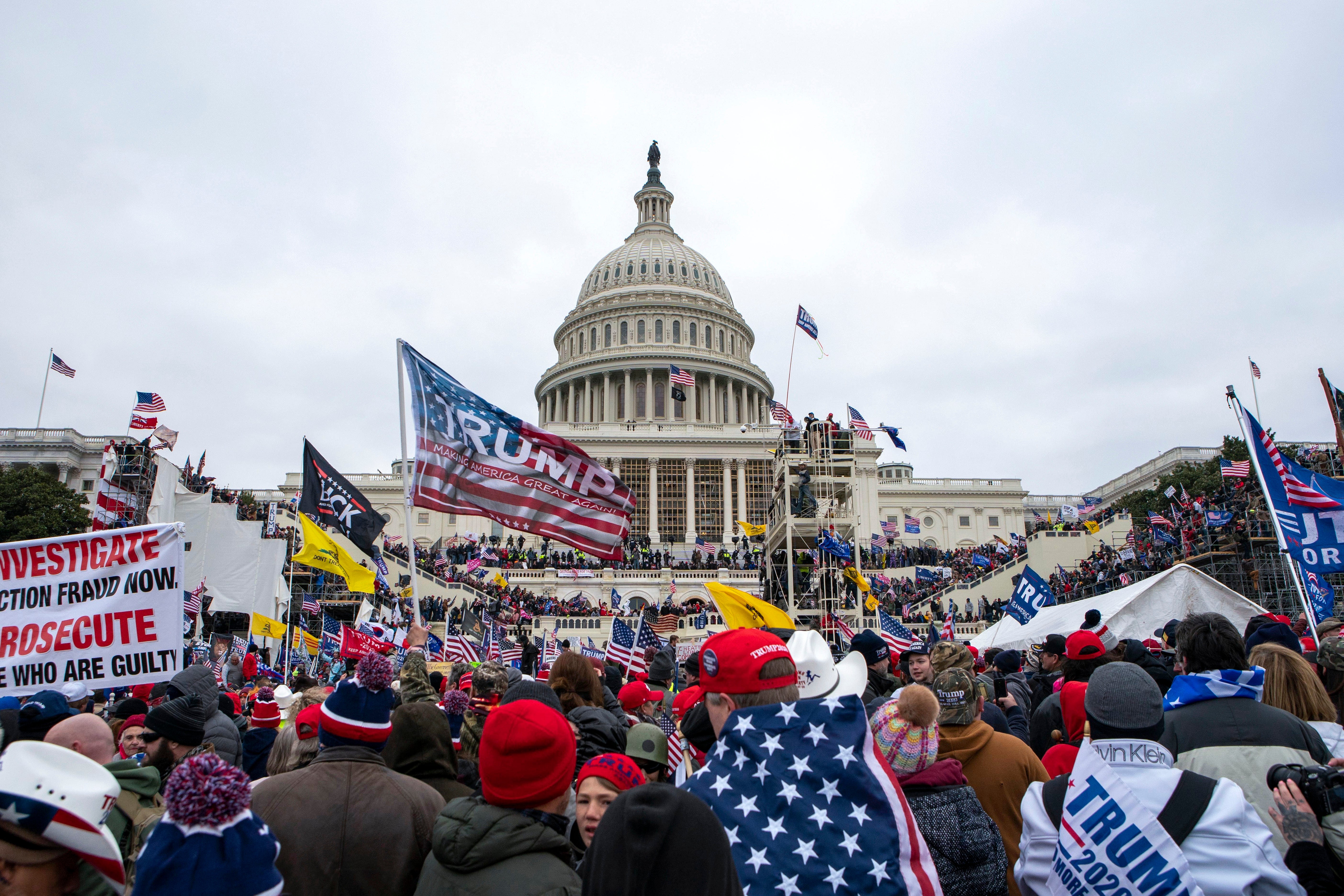
The Electoral College ensures that even the most sparsely populated states have an effect on the final result (Wyoming, Vermont, and Alaska come in at the three least populous US states, respectively), and that the most populous states don’t have an outsized say in the matter.
It also means that both contenders end up focusing a large part of their efforts on a small number of “swing states,” those so-called battlegrounds that could tip to either party, such as Georgia, Pennsylvania, and Wisconsin. These electoral votes are crucial, since most states are reliably red or blue, and, according to one political science professor, means 2024’s presidential election will, for all intents and purposes, be decided by roughly 150,000 voters.
Of course, although the numbers even the playing field, the mismatch between population and electoral votes means it is mathematically possible for a candidate to win the popular vote but still lose the Electoral College. This happened most recently in 2016, when Hillary Clinton earned three million more overall votes than Donald Trump, who took the Electoral College, and the Oval Office, 304 to 227. In 2000, Al Gore got 543,895 more votes than George W. Bush, who ended up winning the election with 271 electoral votes.
What if...
If neither candidate gets a majority of electoral votes, or in the event of a 269-269 tie, the Electoral College hands the deciding vote over to Congress. In 1824, when four candidates ran for president, the electoral vote was diffused to the point that none received a majority. The House subsequently picked John Quincy Adams, who had in fact lost the popular vote to Andrew Jackson. In 1800, the House voted Thomas Jefferson into the presidency after he and Aaron Burr, who was installed as Jefferson’s vice-president, tied in the Electoral College.
The government has considered myriad scenarios when drawing up contingency plans, according to the National Archives and Records Administration (NARA), which administers, on behalf of the Archivist of the United States, certain aspects and proceedings of the Electoral College. There is no established process in place if the winner of the electoral vote “dies or becomes incapacitated between the general election and the meeting of electors,” who gather on the first Tuesday after the second Wednesday in December. Their votes are officially counted and certified on January 6 of the new year, in a joint session of Congress, and the president-elect is sworn in on January 20.
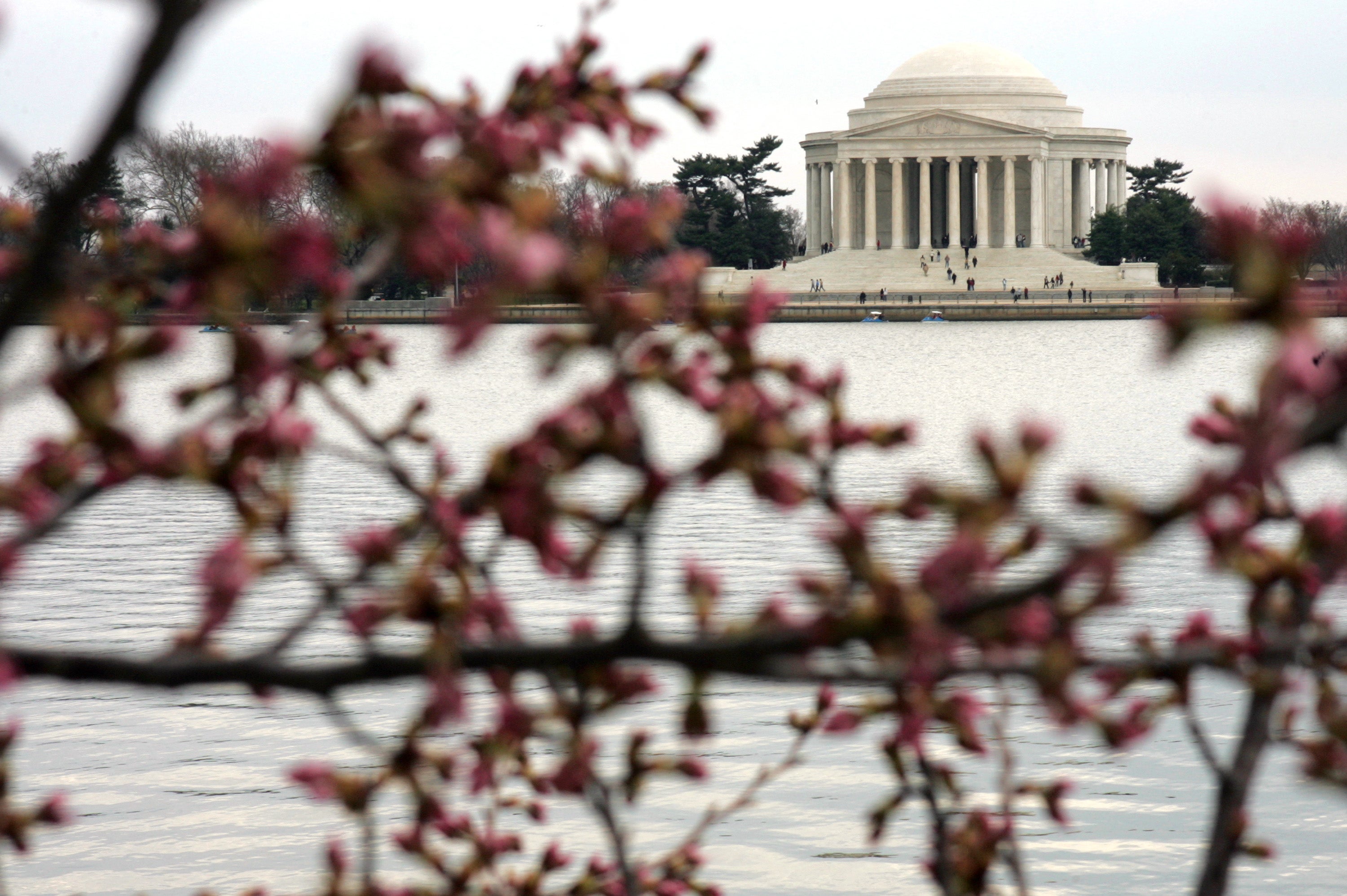
It is also unknown what would happen were the winning presidential candidate to die between the meeting of electors and January 6, as the Constitution does not specify if the candidate, at that stage, can be formally considered the president-elect, but if so, Section 3 of the 20th Amendment would apply, elevating the vice-president-elect to the presidency, according to NARA. (The same rule would apply if the winning candidate died or became incapacitated after the election was certified in Congress but before the inauguration.)
Why it exists — but should it still?
Direct elections — that is, electing the presidential candidate who gets the most votes overall — were rejected by many state Constitutional Convention delegates who feared the “uninformed” masses were not wise enough to make such important decisions. And so the modern Electoral College was born out of a compromise over slavery between the Northern states and those in the South, where the practice remained legal until 1865.
Southern state delegates, specifically, were concerned they would lose power and influence because, while their populations were about equal to their northern counterparts, some one-third of those residents were enslaved people and prohibited from voting. But the conventioneers reached a deal to count three of out every five enslaved persons, the “three-fifths compromise,” with regard to proportional representation, giving a more significant presence in Congress to the five southern states where slavery remained in existence, and thus, more electoral votes on the backs of enslaved people who were themselves totally disenfranchised.
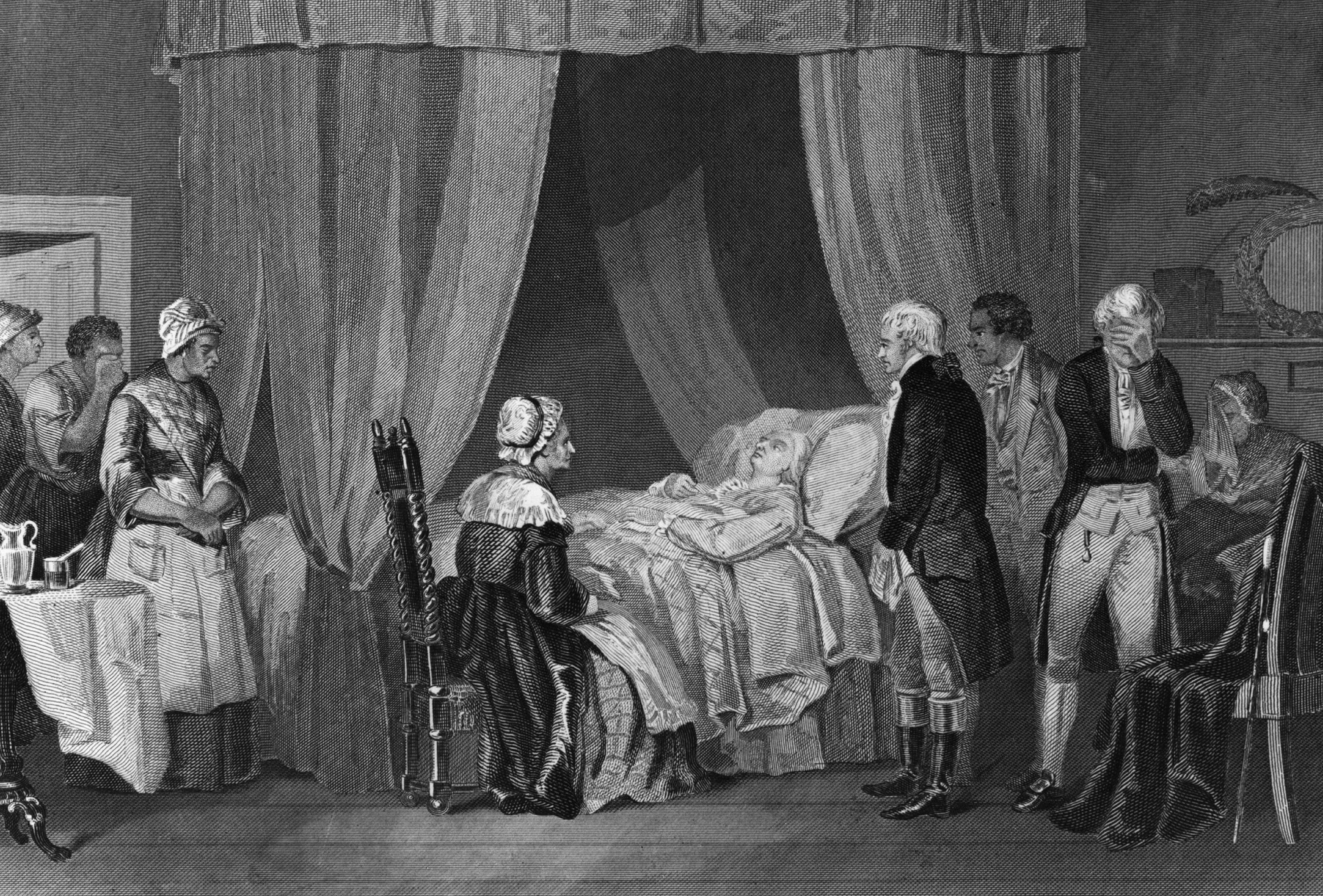
Today, it is considered by many to be, in the words of MSNBC commentator Hayes Brown, “an arcane formula devised over 200 years ago,” and one with “no valid reason [to keep] such an undemocratic institution around.” In short, according to Brown, the Electoral College is nothing more than “a convoluted practice that adds an unnecessary layer between the people and the presidency.”
The mathematical gymnastics required to determine a winner is “absurd,” Brown wrote recently, noting that the system serves to “disenfranchise urban conservatives and rural liberals alike, substituting geography for political agency.”
“A world where the direct popular vote was determinant would force candidates to compete for every vote in every state,” Brown wrote. “It would be another much-needed step in America’s centuries-long transformation from an amalgamation of independent states into a single national unit.”